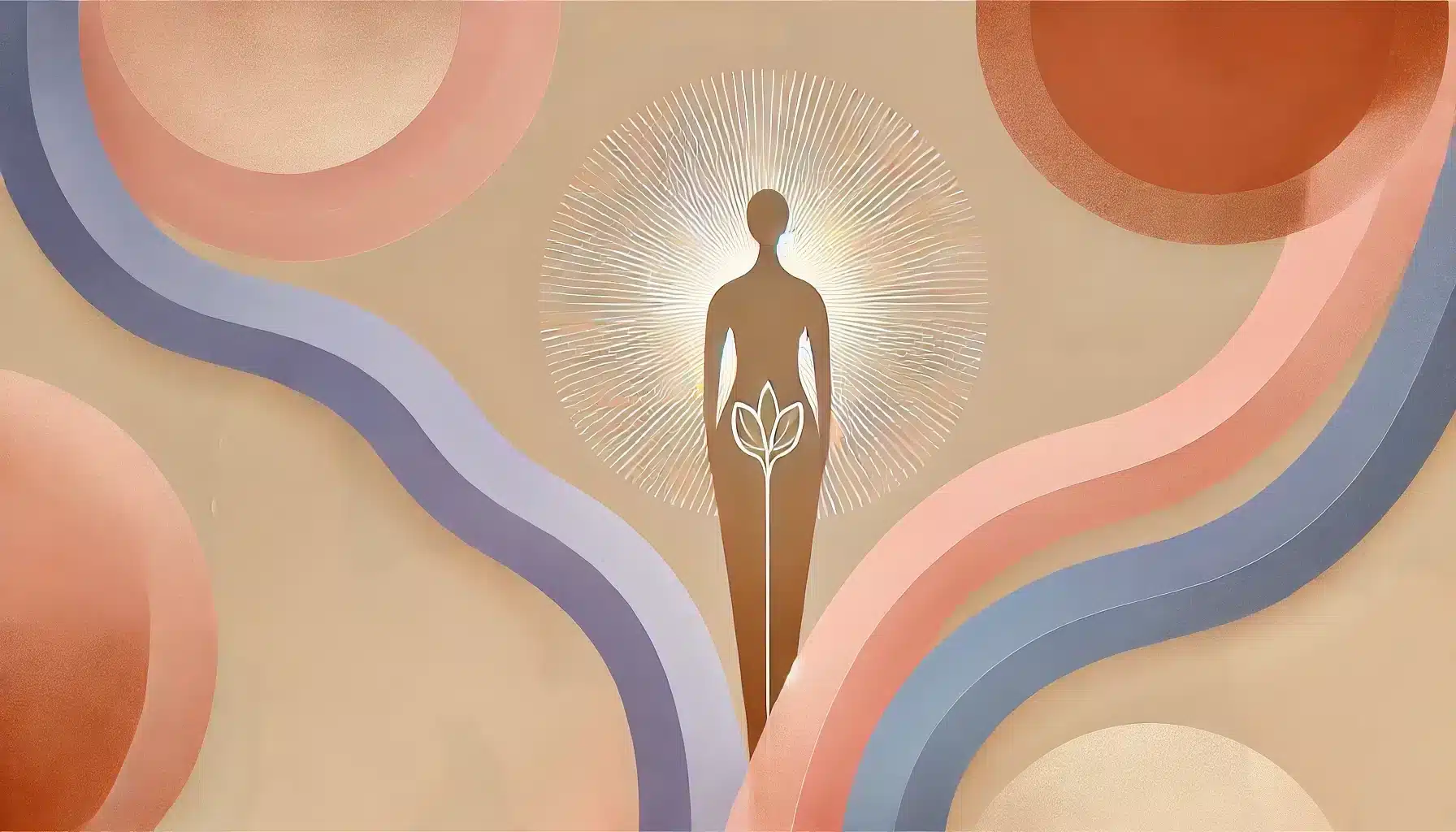What is the International Day to End Obstetric Fistula?
The International Day to End Obstetric Fistula is observed every year on May 23. This United Nations day draws attention to a serious but preventable childbirth injury that affects thousands of women worldwide. Obstetric fistula occurs when prolonged, obstructed labour causes a hole between the birth canal and bladder or rectum, leading to chronic incontinence, shame, and isolation.
The day is a global call to action. It urges governments, healthcare providers, and communities to invest in maternal health and to ensure that every woman receives safe, respectful care during childbirth. The goal is to prevent new cases, treat those already affected, and break the silence around this hidden condition.
History and Origin
The day was established by the United Nations in 2012, building on the momentum of the global Campaign to End Fistula, which began in 2003. That campaign, led by the United Nations Population Fund (UNFPA) and partner organisations, focused on improving access to quality maternal healthcare and surgical repair for women living with obstetric fistula.
Since its founding, the International Day to End Obstetric Fistula has become a symbol of hope, resilience, and advocacy. While millions of women have been treated, many more still suffer in silence. This day continues to raise awareness and push for funding, policy change, and long-term solutions to end fistula for good.
Who Participates in the International Day to End Obstetric Fistula?
- Healthcare providers: Offer prevention, treatment, and post-surgery support for women with fistula.
- Non-governmental organisations: Deliver education, medical care, and advocacy programmes.
- Governments and UN agencies: Develop policies to improve maternal healthcare systems.
- Community leaders and educators: Raise awareness and challenge stigma at the local level.
- Supporters worldwide: Use their voices and platforms to bring attention to the cause.
Colors:
- Purple represents dignity, strength, and solidarity with affected women.
- White stands for healing, hope, and care.
- Teal reflects commitment to women’s health and maternal well-being.
Symbols:
- A ribbon shows unity and awareness for fistula survivors.
- A mother and child icon highlights the importance of safe childbirth.
- Open hands represent healing, support, and care.
Patterns:
- Floral elements symbolise rebirth and recovery.
- Circles show connection and collective action.
- Gentle waves suggest the journey from pain to empowerment.
Slogans and Themes
Each year, the day focuses on prevention, treatment, and the reintegration of women affected by obstetric fistula. Common slogans include “End Fistula Now,” “Restore Dignity, Transform Lives,” and “Invest in Women, Invest in Health.” These messages call for a world where no woman is left behind due to childbirth complications.
Most Used Hashtags
- #EndFistula
- #FistulaAwareness
- #WomensHealth
- #MaternalCare
- #RestoreDignity
How to Celebrate the International Day to End Obstetric Fistula
- Learn and share: Educate yourself and others about what obstetric fistula is and why it matters.
- Support NGOs: Donate to or partner with organisations working in prevention and treatment.
- Join a campaign or event: Attend an online seminar, watch survivor stories, or join a local awareness event.
- Write to leaders: Encourage policy change by asking your government to support maternal health funding.
- Use your voice online: Spread awareness with facts, infographics, and survivor stories.
Why is the International Day to End Obstetric Fistula Important?
Obstetric fistula is one of the most preventable and treatable childbirth injuries. Yet, many women live for years with this condition because they lack access to basic maternity care. The physical damage is only part of the problem. Fistula often leads to shame, rejection, and isolation.
This day is important because it breaks that silence. It gives a voice to women who have been hidden from view, and it shows the world that dignity and care during childbirth should not be a luxury. By ending obstetric fistula, we not only heal bodies but also restore hope, opportunity, and justice.
Features
- Health
